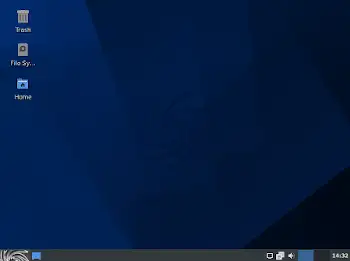Strona domowa: oreonproject.org Dokumentacja: oreonproject.org/help/ Forum: forums.oreonproject.org Pochodzenie: USA Kategoria: Desktop Pulpit: GNOME, KDE Plasma Architektura: x86_64, ARM64, Bazuje na:
Źródło
Pobierz Oreon
Pobierz Oreon Oreon Linux ISO Image
Źródło
LiCe
Web site: github.com/tjbh/lice Category: Network Subcategory: IRC clients Platform: Linux, BSD, Unix License: GNU GPL Interface: CLI Wikipedia: First release: 1992 LiCe – a powerful, yet easy-to-use script pack for the EPIC irc client. EPIC itsel…
AsianLinux
Web site: www.asianlinux.net Origin: India Category: Desktop, Server Desktop environment: Gnome, KDE Architecture: x86 Based on: Fedora Wikipedia: Media: Install CD The last version | Released: 2 | April 29, 2007 AsianLinux – a Fedora b…
Email bombing i oszustwa przez Teams – eksperci Sophos zwracają uwagę na nowe taktyki ransomware
Zespół analityków Sophos X-Ops odkrył nowe metody wykorzystywane przez cyberprzestępców do prowadzenia ataków ransomware – masowe zalewanie skrzynek poczty elektronicznej
Źródło
GParted LiveCD 1.7.0-1
Curtis Gedak poinformował o wydaniu nowej wersji GParted Live 1.7.0-1. GParted (GNOME Partition Editor) jest narzędziem do zarządzania partycjami dysku.
Źródło
Windows Journal
Web site: www.microsoft.com/windowsxp/using/tabletpc/russel_03january20.mspx (not active) Category: Office Subcategory: Notes Platform: Windows License: Proprietary Interface: GUI Wikipedia: Windows Journal First release: unknown Windows Journal –…
TOP 10 dystrybucji Linux oferujących wsparcie dla architektury 32 bit w 2025 roku
Początek roku 2025 jak zawsze dostarcza nowe wydania różnych dystrybucji Linux, głównie 64 bitowe, lecz nie należy zapominać o wciąż
Źródło
TOP 10 Linux distributions offering support for 32-bit architecture in 2025
The beginning of 2025, as always, brings new releases of various Linux distributions, mainly 64-bit, but … TOP 10 Linux distributions offering support for 32-bit architecture in 2025Read more
Przelewy w 10 sekund: Jak nowe przepisy zmieniają europejskie banki?
10 sekund – tyle ma zajmować dotarcie przelewów w euro na rachunki klientów detalicznych i firm w całej Unii Europejskiej.
Źródło

